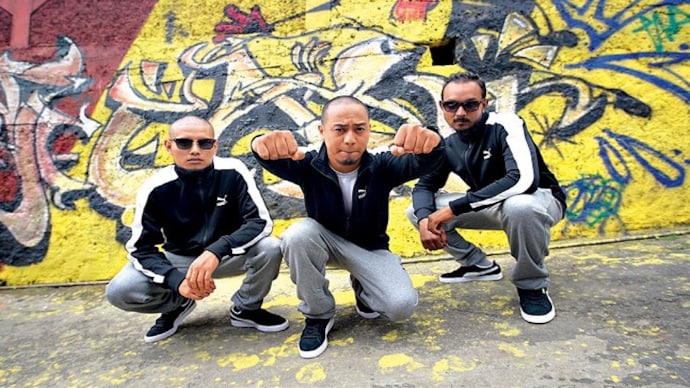The rise of gully rap: Suede Gully sees largest collaboration of street artists in India
Suede Gully, a music video released last month, is believed to be the largest street collaboration in India, featuring eight rappers, seven street artists and 36 hip-hop dancers from across the country.

There was a time when global cola or shoe companies vying for a spot in the Indian market couldn't look beyond the 'gentleman's game' when it came to advertising. Cut to 2017, the streets are now taken over by rap singers, hip hop dancers and artists armed with spray cans. It's the image Puma is using to market its latest sneaker. Suede Gully, a music video released last month, is believed to be the "largest street collaboration" in the country, featuring eight rappers, seven street artists and 36 hip-hop dancers from all over the country. Among them, Delhi's emerging voice Prabh Deep, Mumbai rapper Divine, Shillong-based Khasi Bloodz, and Madurai's Souljour represent the Indian "rap ke Tupac".
The song, which begins with an Urdu-infused Bombay-70 twang, has Hindustan going from 'dedh gully to suede gully'. "Don't try to bring your American ghetto culture in India," screams one of the comments on the video's YouTube link. But it might be too late, for 'ghetto culture' has been growing across urban and semi-urban India and seems here to stay. If Tupac Shakur used music to highlight inner city violence and racial issues in the US, his Indian counterparts are attempting a similar broadside, in a language they speak, and in a style they understand. The average Indian listener might not speak all the three languages the song uses, but the message from Puma's music video is clear: walk a mile in their shoes to learn the difference between earth and sky, light and dark.
